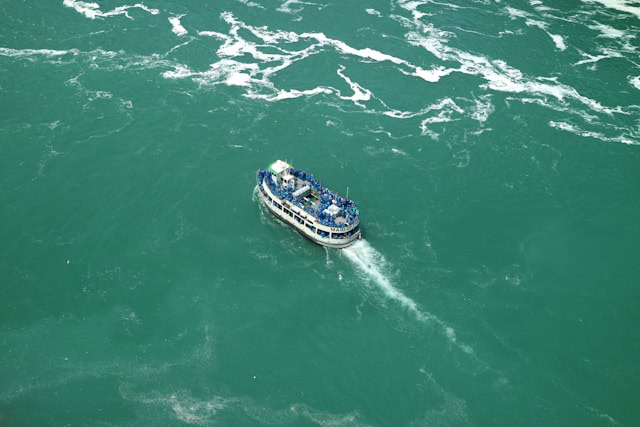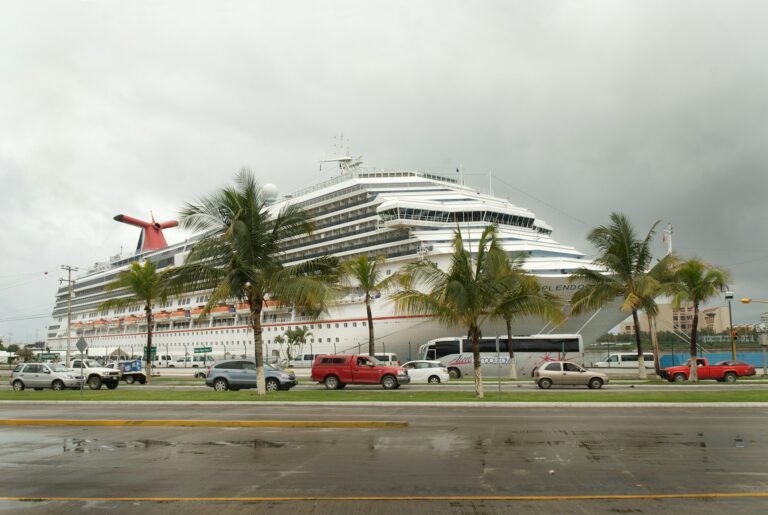Will I Get Seasick?
Many, if not all, first-time cruisers have heard about the perils of seasickness and wonder if they will be able to go on a cruise. If you are a first-time cruiser or someone who wonders if you will get seasick on a subsequent cruise, there are some measures the cruise ships have taken, and there are some things you can do as well.
During their construction, cruise ship engineers have taken measures to reduce the feeling of movement, which can reduce the probability of motion sickness. Cruise ships are large and are engineered for stabilization. Because of the tonnage, cruise ships tend to have less motion than smaller vessels at sea, and motion is rarely felt. Sometimes, you will forget you are on the ocean until you look out the windows. There are times when the wind creates choppy waters, and motion will be felt.
How can I help prevent seasickness?
Besides the ship’s engineering for stabilization, you can take measures to help prevent seasickness. First things first, yes, you’re excited, a little nervous, and apprehensive, but that doesn’t mean that you should skimp on sleep the night before your cruise or dismiss eating for the sake of getting ready to travel. It is very important to sleep, stay properly hydrated, and eat. Missing any one of these basic necessities could put you at an increased risk of motion or seasickness. For prevention, you can also consider:
- Medication: over-the-counter (OTC) or prescription
- Alternatives to medication
- Proper Focus
- Seasonal cruising
- Cabin selection
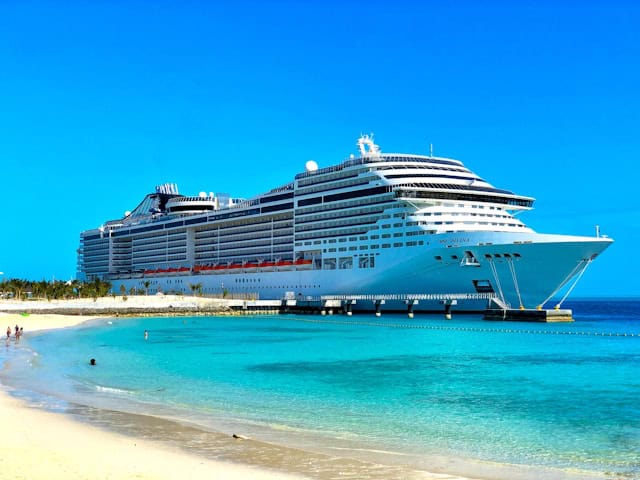
Seasickness Medicine and Alternatives
If you know that you have a tendency toward motion sickness or fear that you will, consider asking your primary care doctor about the best methods that you can take. Some cruisers purchase OTC motion sickness pills that advertise prevention and treatment for up to 24 hours. Still, there are also side effects and medical precautions, which are not limited to potential drowsiness. Others choose OTC patches or Sea-Bands, ginger chews, or ginger tea as an alternative to pharmaceutical drugs so that they can reduce worries about whether, if, or when seasickness could arise or the unwanted side effects of drowsiness.
Proper Focus
It is so tempting to stare at the sea and the waves all day, every day, but fixing your gaze on the ocean could trigger motion sickness. When looking at the ocean, look toward the horizon (where the sky meets the ocean) rather than directly at the sea in motion. Looking at the horizon gives your eyes a fixed location rather than on a movable object. Seeing motion and movement while the body remains still or feeling movement without seeing movement signals the brain that things are not quite balanced based on what the inner ear receives and what either the eyes see or the body feels. In essence, the body’s sense receptors are conflicted because the eyes and the body’s senses are not in agreement. As a result, the brain quickly works to remedy the perceived equilibrium imbalance, and as a result, symptoms of nausea (possibly vomiting), headache, dizziness, fatigue, and general feelings of malaise soon follow.
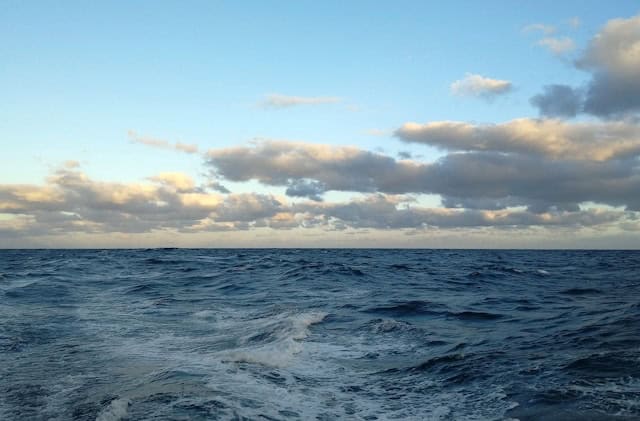
Cabin Selection
Even though some cruisers say, “I won’t be in my room much” or “I only be in there to sleep,” cabin selection is important when considering ways to dodge seasickness. When choosing a cabin, consider selecting a cabin near or in the middle of the ship on a mid-level deck. These cabins will be priced higher than others, but cabins located near the back (aft) or the front (bow) will be susceptible to more motion. If your budget allows, a balcony (veranda) room will allow you to view the horizon and breathe fresh air without leaving your stateroom.
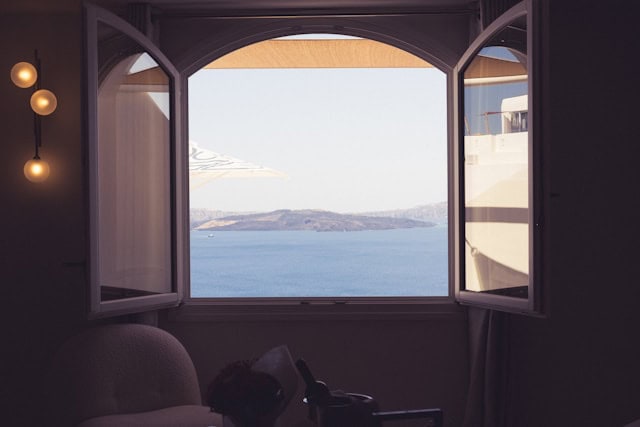
Seasonal Cruising
Just as the weather has seasons, and we choose our clothing accordingly, selecting a cruise during certain times of year will allow cruisers a better chance of smooth sailing with calmer waters. If you aren’t sure which season is the best for you, consider taking your first cruise, which is not during hurricane season and is for the shortest duration. This way, you can have a brief cruise with minimal concerns about choppy waters. If you choose to go on a longer cruise because that is all that is currently available, think about an itinerary with multiple ports of call (stops at docks) so that you can experience more land than shore and get the opportunity to go ashore with feet on dry land!
What if I get seasick?
If you forget to bring or do any preventive measures, your seasickness may last for a few hours or possibly a few days, depending on the waters. Rest assured, the cruise line has a medical area with medical staff that can help you, or provide motion sickness pills and suggest some alleviation treatment so that you can soon put seasickness behind you and enjoy your cruise!
Bon Voyage!
This page contains affiliate links. If you make a purchase using one of the links, Galveston Cruise Destinations may receive compensation at no extra cost to you. Read the disclaimer for more information.
